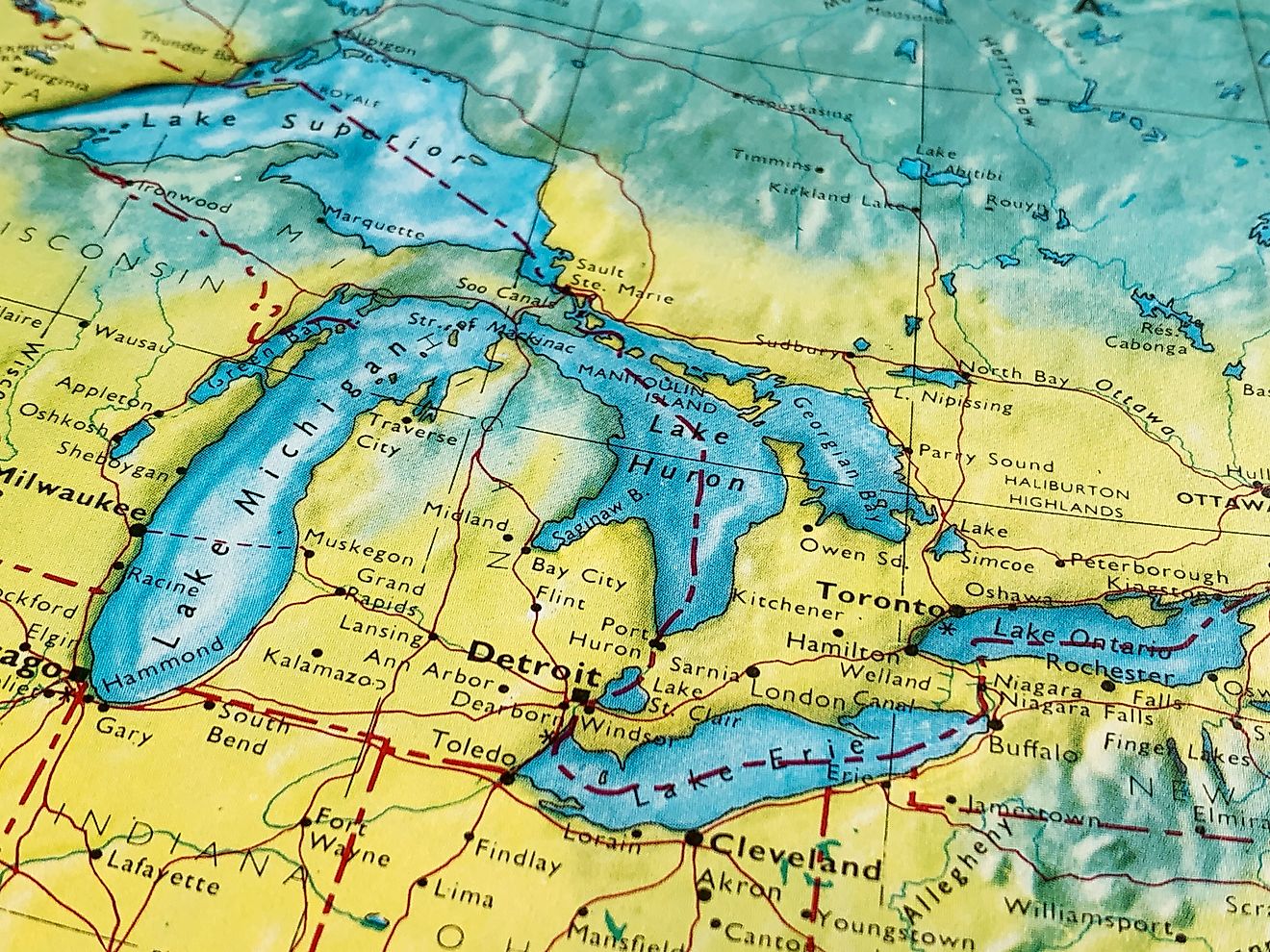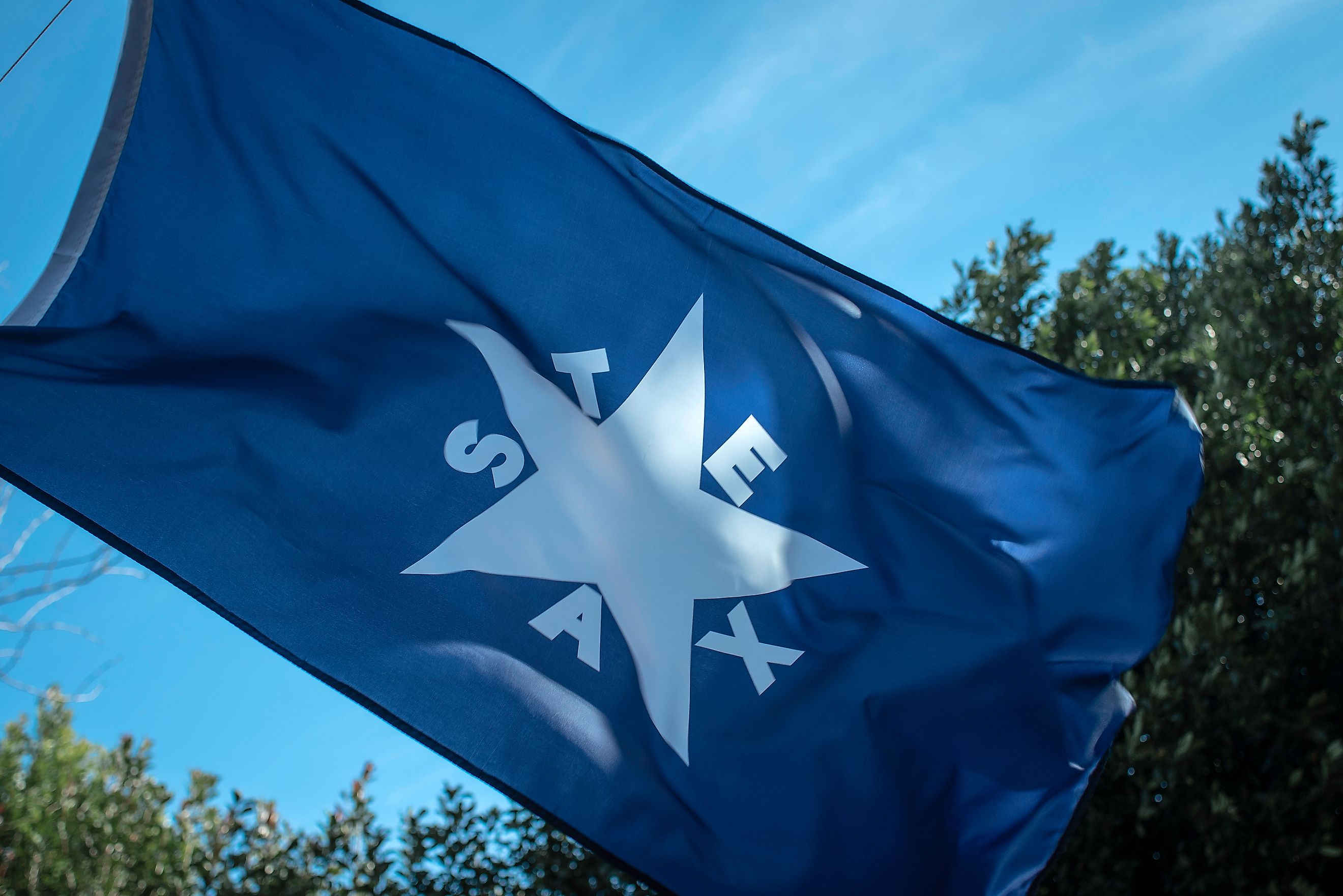
The Only US States That Were Once Independent Nations
When we think of the 50 United States, it is easy to imagine them as permanent fixtures in the American landscape—joined together under one Constitution, one federal government, and one shared history. But beneath the stars and stripes lies a more complicated past. Several states were not always part of the United States. In fact, a select few were once independent nations in their own right.
Some governed themselves briefly, others for years. They had their own flags, presidents, armies, and constitutions. These states made treaties, declared independence, and for a time, stood on their own. Eventually, all would become part of the United States, but not without leaving behind legacies that still echo in their culture and politics today.
Texas: The Republic of Texas (1836–1845)
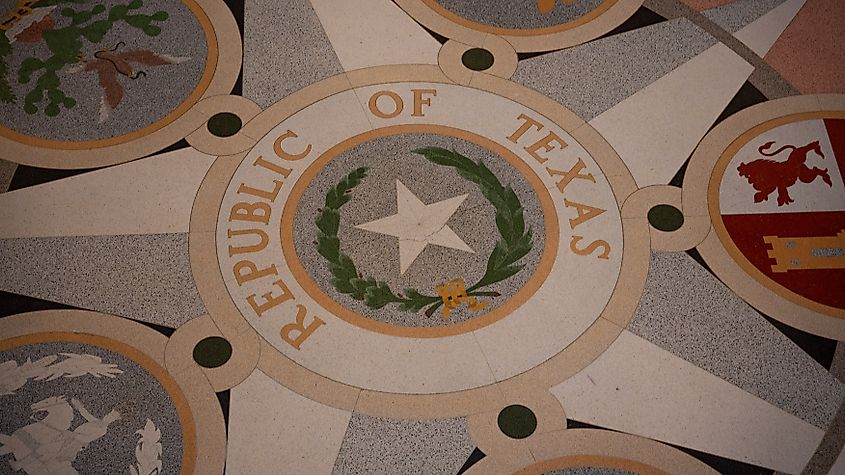
If there is one state where independence is practically a part of the cultural DNA, it is Texas. Before it joined the United States, Texas spent nearly a decade as an independent republic.
Following a successful revolt against Mexico, the Republic of Texas declared independence on March 2, 1836. The fledgling nation faced immediate threats from the Mexican government, which did not recognize the declaration. The legendary Battle of the Alamo that same year became a rallying cry for Texan forces.
After winning decisive victories, including the Battle of San Jacinto, Texas gained de facto independence. The Republic drafted a constitution, elected Sam Houston as its first president, and established diplomatic relations with several countries, including the United States, France, and the United Kingdom.
Despite a desire for annexation by many Texans, the United States was initially reluctant to accept Texas due to concerns about slavery and war with Mexico. But in 1845, Texas officially joined the Union. The move triggered the Mexican-American War, which ultimately reshaped the map of North America.
Legacy Today: Texas remains the only state to have once been an internationally recognized independent republic. The Lone Star Flag and the phrase "Remember the Alamo" are reminders of this period of independence. Some Texans even refer to their state as "The Republic" to this day.
Vermont: The Vermont Republic (1777–1791)
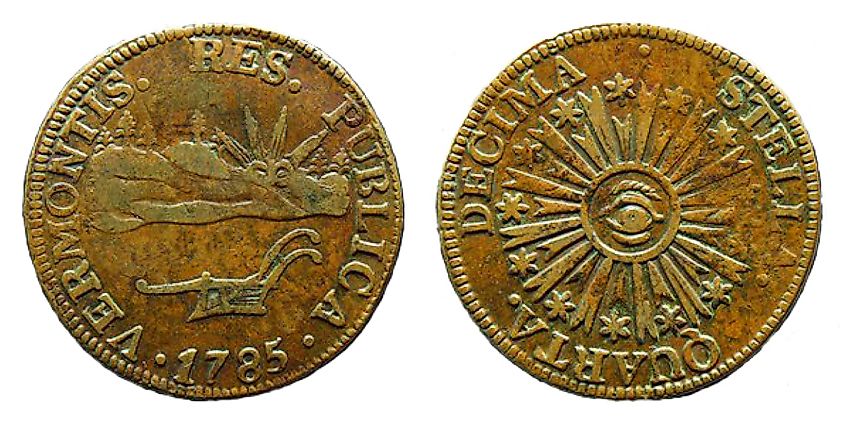
Long before it became the peaceful, maple syrup-producing state it is known as today, Vermont was an independent republic carved out in defiance of both New York and New Hampshire.
During the Revolutionary War, settlers in what is now Vermont grew frustrated with overlapping land claims. On January 15, 1777, they declared independence from both Great Britain and neighboring colonies, forming the Vermont Republic. It was the first territory in North America to outlaw slavery, adopted its own constitution, and even issued its own currency known as Vermont coppers.
For 14 years, Vermont functioned as a de facto independent country. It had a working government, held elections, and maintained a militia. Though the Continental Congress never officially recognized Vermont, the republic maintained informal ties with the United States and negotiated its entry into the Union.
In 1791, Vermont became the 14th state, the first to join after the original 13 colonies.
Legacy Today: Vermont's independent streak is alive and well. The state still celebrates its unique status during events like Vermont Independence Day, and the story of the Green Mountain Boys is taught in schools across the region.
California: The Bear Flag Republic (1846)

California’s brief period of independence was one of the shortest and most curious episodes in American history.
On June 14, 1846, a group of American settlers in Mexican-controlled California revolted in Sonoma. They declared California an independent republic and raised a flag featuring a star, a grizzly bear, and the words "California Republic." This became known as the Bear Flag Revolt.
However, the so-called Bear Flag Republic lasted just 25 days. On July 9, 1846, US forces raised the American flag over California during the Mexican-American War. The republic was never formally recognized, but the Bear Flag remains an important symbol. In fact, a version of it is now the state flag of California.
Legacy Today: Though its independence was short-lived, the Bear Flag Republic is remembered for its role in California's transition from Mexican rule to American statehood. The flag and the bear are iconic elements of California identity today.
Hawaii: The Kingdom, Republic, and Annexation (1795–1898)

Hawaii’s story is unlike any other state. For most of its history before statehood, it was a fully independent nation with a monarchy, a parliament, a thriving economy, and diplomatic relations with major world powers.
The Kingdom of Hawaii was established in 1795 under King Kamehameha I, who unified the Hawaiian Islands. The monarchy endured for nearly a century, creating treaties with the United States, the United Kingdom, France, and others. Honolulu became a major Pacific hub, and the Hawaiian royal family was respected on the world stage.
In 1893, however, American and European business interests backed a coup that overthrew Queen Liliʻuokalani. The US military assisted in the takeover, although the event remains controversial and has been widely criticized in modern times.
Following the coup, a provisional government declared the Republic of Hawaii in 1894, led by Sanford B. Dole. This republic lasted until 1898, when the United States formally annexed Hawaii during the Spanish-American War.
Hawaii became a US territory in 1900 and achieved statehood in 1959.
Legacy Today: Many Hawaiians still view the overthrow of the monarchy as an injustice. Efforts to recognize and preserve native Hawaiian culture have grown stronger, and in 1993, the US government formally apologized for its role in the illegal overthrow of the Hawaiian Kingdom.
The Confederate States of America (1861–1865)

Though not a current independent country, it is impossible to discuss former independent US territories without mentioning the Confederate States of America.
In 1861, 11 Southern states seceded from the Union following the election of Abraham Lincoln. They formed the Confederate States of America (CSA), with its own constitution, president (Jefferson Davis), and capital in Richmond, Virginia.
The Confederacy operated as a separate nation during the Civil War, complete with its own currency, army, and diplomatic envoys, though it was never recognized by any foreign power.
The Civil War ended in 1865 with the defeat of the Confederacy. All seceded states were eventually re-admitted to the Union during the Reconstruction era.
States in the Confederacy:
-
South Carolina
-
Mississippi
-
Florida
-
Alabama
-
Georgia
-
Louisiana
-
Texas
-
Virginia
-
Arkansas
-
Tennessee
-
North Carolina
Legacy Today: The legacy of the Confederacy remains one of the most divisive issues in American history. Symbols such as the Confederate flag and statues of Confederate leaders have become focal points in debates over race, memory, and national identity.
Areas That Claimed Sovereignty Briefly

While the above states had structured governments and varying levels of international recognition, there are a few other historical entities that flirted with independence or autonomy, even if only for brief moments.
The State of Franklin (1784–1789)
In what is now eastern Tennessee, settlers declared the "State of Franklin" after North Carolina ceded the land to the federal government. Franklin had a functioning government but was never officially recognized by the US Congress and eventually dissolved.
The Republic of West Florida (1810)
This short-lived republic existed for just 90 days before being annexed by the United States. Located in what is now part of Louisiana, it was founded by American settlers rebelling against Spanish rule.
The Indian Nations
Though not independent nations in the traditional Western sense, many Native American tribes had their own systems of government, land, and treaties. The Cherokee Nation, for example, developed a written constitution and took its land disputes all the way to the US Supreme Court. Their sovereignty was systematically undermined and ignored, especially during events like the Trail of Tears.
Why These Histories Matter
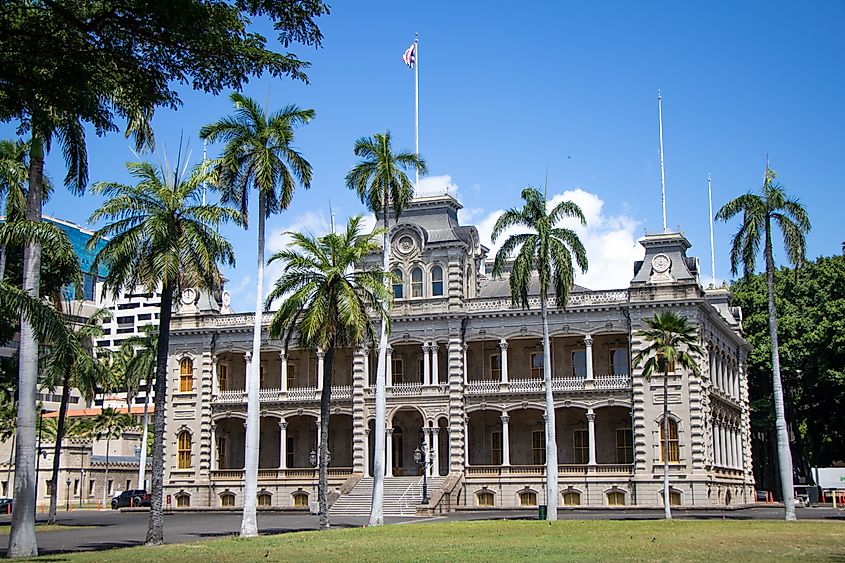
Understanding which US states were once independent nations provides more than just historical trivia. It uncovers the complex and often contentious paths by which these states became part of the United States. Issues of sovereignty, identity, and justice remain ongoing conversations in places like Hawaii and among Native American communities.
These stories challenge the idea of America as a monolithic union that was always meant to be. They show a nation formed through diplomacy, war, ambition, and sometimes coercion.
For travelers, these histories offer a deeper way to engage with the states they visit. Knowing that the streets of Austin were once part of a sovereign nation, or that the Hawaiian monarchy once hosted royal balls in Iolani Palace, brings new perspective and depth to American travel.
Former Independent Nations Now US States
| State | Nation Name | Years Independent | Type of Government | Recognition |
|---|---|---|---|---|
| Texas | Republic of Texas | 1836–1845 | Republic | Yes |
| Vermont | Vermont Republic | 1777–1791 | Republic | No |
| California | Bear Flag Republic | 1846 (25 days) | Provisional Government | No |
| Hawaii | Kingdom & Republic of Hawaii | 1795–1898 (as monarchy and republic) | Monarchy & Republic | Yes |
| 11 Southern States | Confederate States of America | 1861–1865 | Confederation | No |




